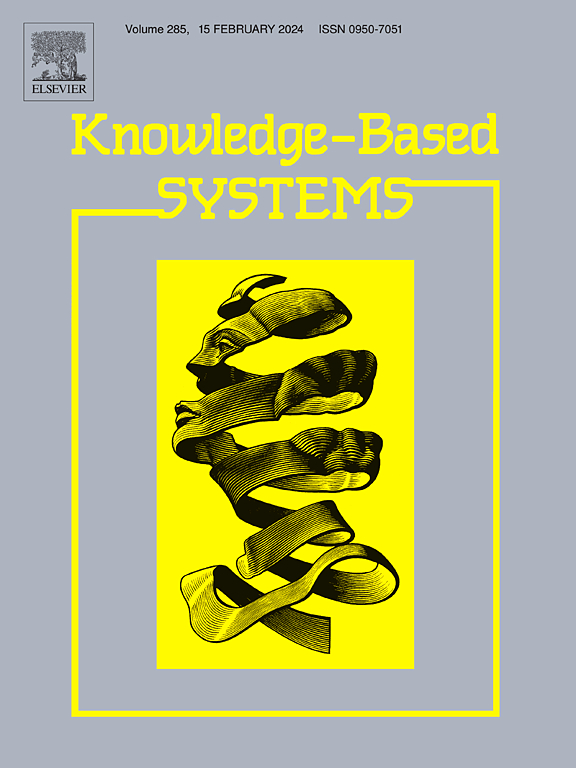Adaptive generic prototype network with geodesic distance for cross-domain few-shot fault diagnosis
IF 7.2
1区 计算机科学
Q1 COMPUTER SCIENCE, ARTIFICIAL INTELLIGENCE
引用次数: 0
Abstract
Since the fault samples of equipment are limited and the working condition is often variable, it is valuable for researching the cross-domain few-shot fault diagnosis method to assure the safe operation of various machines. As the well-known few-shot classification approaches, the traditional prototype networks are difficult to process the complex sample distributions caused by variable operating condition data and the substantial distributional discrepancies between different machines, which seriously affects the accuracy of cross-domain fault diagnosis. To address these issues, this study proposes a new adaptive geodesic prototype network (AGPN), which can extract the category prototypes with enhanced adaptability and generalization capabilities. Firstly, a geodesic distance-driven learning strategy is developed to better measure the distance between complex samples in the embedding space. Secondly, an adaptive area prototype with a dynamic expansion coefficient is proposed, which allows for more flexible representation of different data categories. Furthermore, an adaptive momentum prototype method is put forward via a model-agnostic adaptive momentum factor, which can reduce the prototype oscillation during training and maximize the learning ability of model. The proposed AGPN is successfully applied to fault diagnosis across bearings with different operating conditions. Compared with the existing few-shot diagnosis methods, the proposed method possesses higher diagnostic accuracy and training stability, thus it is more suitable for cross-domain few-shot fault diagnosis.
采用大地距离的自适应通用原型网络,用于跨域少量故障诊断
由于设备的故障样本有限,且工况往往多变,因此研究跨域少量故障诊断方法对确保各种机器的安全运行具有重要价值。作为众所周知的少量故障分类方法,传统的原型网络难以处理多变工况数据带来的复杂样本分布,以及不同机器之间存在的巨大分布差异,严重影响了跨域故障诊断的准确性。针对这些问题,本研究提出了一种新的自适应大地原型网络(AGPN),它能提取出具有更强适应性和泛化能力的类别原型。首先,开发了大地距离驱动的学习策略,以更好地测量嵌入空间中复杂样本之间的距离。其次,提出了一种具有动态扩展系数的自适应区域原型,可以更灵活地表示不同的数据类别。此外,通过与模型无关的自适应动量因子,提出了一种自适应动量原型方法,可以减少训练过程中的原型振荡,最大限度地提高模型的学习能力。所提出的 AGPN 成功应用于不同运行条件下轴承的故障诊断。与现有的少量故障诊断方法相比,所提出的方法具有更高的诊断精度和训练稳定性,因此更适用于跨域少量故障诊断。
本文章由计算机程序翻译,如有差异,请以英文原文为准。
求助全文
约1分钟内获得全文
求助全文
来源期刊

Knowledge-Based Systems
工程技术-计算机:人工智能
CiteScore
14.80
自引率
12.50%
发文量
1245
审稿时长
7.8 months
期刊介绍:
Knowledge-Based Systems, an international and interdisciplinary journal in artificial intelligence, publishes original, innovative, and creative research results in the field. It focuses on knowledge-based and other artificial intelligence techniques-based systems. The journal aims to support human prediction and decision-making through data science and computation techniques, provide a balanced coverage of theory and practical study, and encourage the development and implementation of knowledge-based intelligence models, methods, systems, and software tools. Applications in business, government, education, engineering, and healthcare are emphasized.
 求助内容:
求助内容: 应助结果提醒方式:
应助结果提醒方式:


